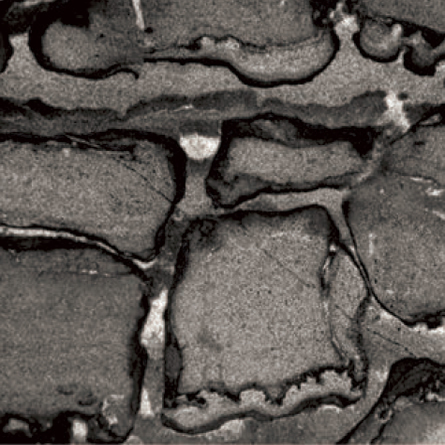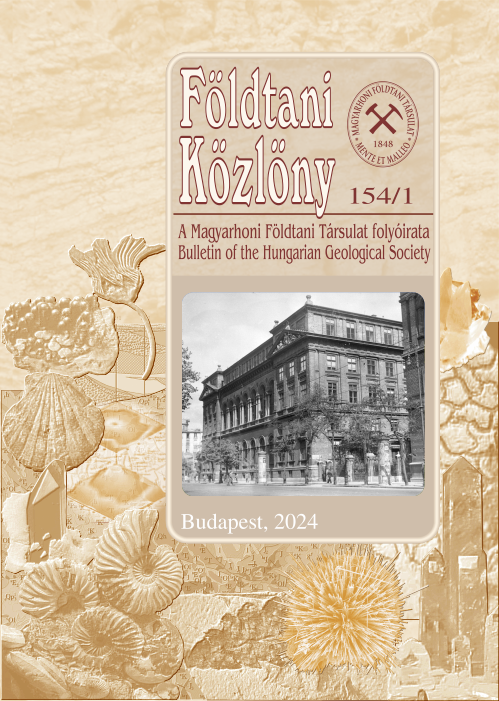Diagenetic and brittle deformation history of Middle Triassic dolomites in the Szeged Basin, Southeast Hungary
Abstract
The Pannonian Basin consists of several deep sub-basins separated by uplifted basement highs. One of these subbasins is the Szeged Basin. A significant part of its pre-Cenozoic basement comprises Triassic dolomite rocks. In numerous cases these carbonates are good hydrocarbon reservoirs and hydrocarbon production is significant in this region of Hungary. Nonetheless, the detailed petrology of the Triassic reservoir rocks has not been investigated for decades. This study attempts to reconstruct the formation and brittle deformation history of the studied reservoir rocks — belonging dominantly to the Szeged Dolomite Formation — using petrographic observations including fluorescence and cathodoluminescence microscopy. The investigations were performed on core samples collected from wells in the western part of the Szeged Basin. The aforementioned investigations reveal that the Triassic dolostones have been
noticeably altered by several brittle deformation and cementation events. The original depositional environment can be reconstructed only for samples exhibiting a relic texture after dolomitization and which were affected by slight fragmentation. The formation of most of the examined sediments occurred in a shallow water marine environment with depositional conditions ranging from peritidal to subtidal. After the deposition and the early near-surface diagenesis, an extensional regime began and the subsidence continued during the Jurassic-to-Early Cretaceous interval, while the studied succession reached the deep-burial zone. During this period the rock bodies were completely dolomitized by fabric-preserving and fabric-destructive processes. Differences among the observed dolomite fabrics suggest multiple dolomitization episodes. The main dolomitization events were
followed by the formation of porphyrotopic, sucrosic and saddle dolomite under intermediate or deep burial conditions. During the Middle Miocene, the Triassic rocks were uplifted and subaerially exposed and this is indicated by abrasional sediments. De-dolomization could have been connected to this uplifting phase. The formation of a fluorescent sparry dolomite generation and bituminous veins seems to be related to the Neogene extensional regime and deformation. Remnants of organic matter (hydrocarbon inclusions and bituminous veins) suggest the occurrence of multiphase migration events. Recognition of the different hydrocarbon migration phases could provide the basis for the analysis of their relationship to the depositional, diagenetic and tectonic processes, and subsequent stages of the evolution of the basin.
















